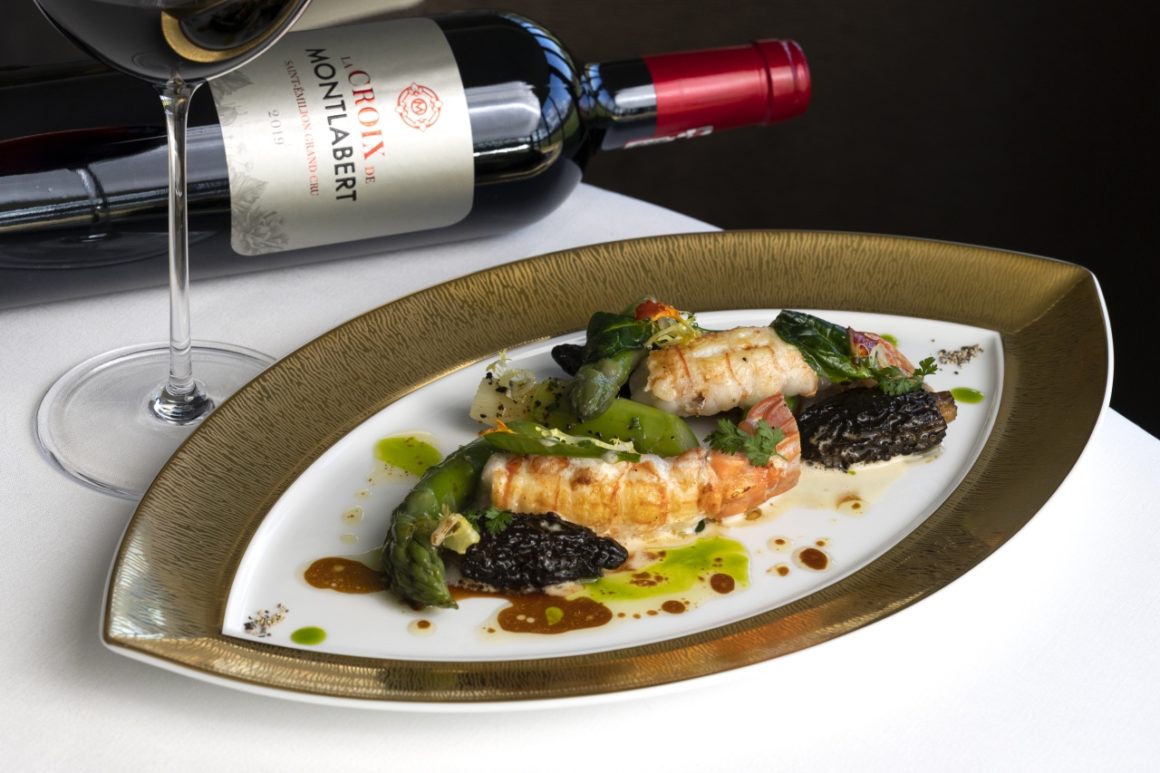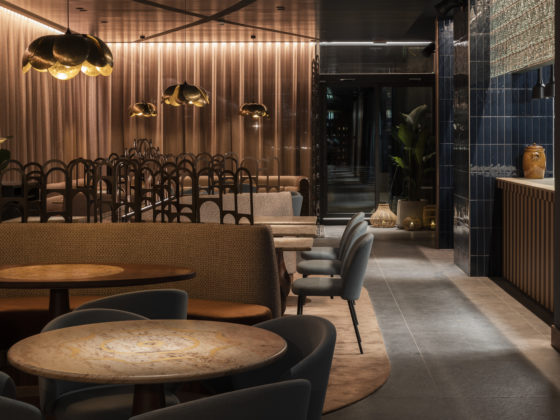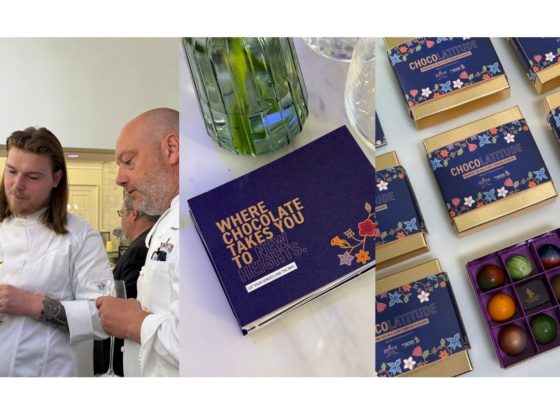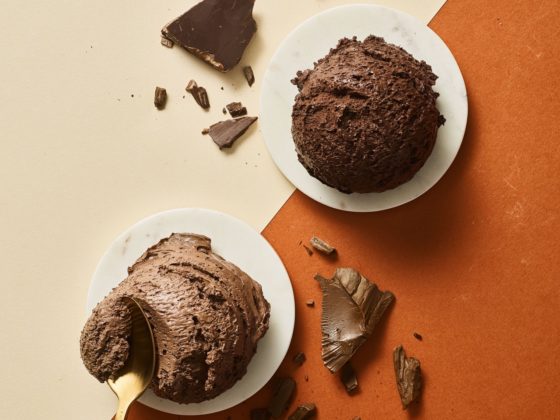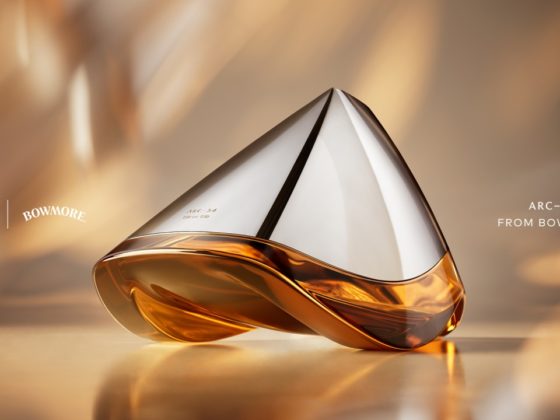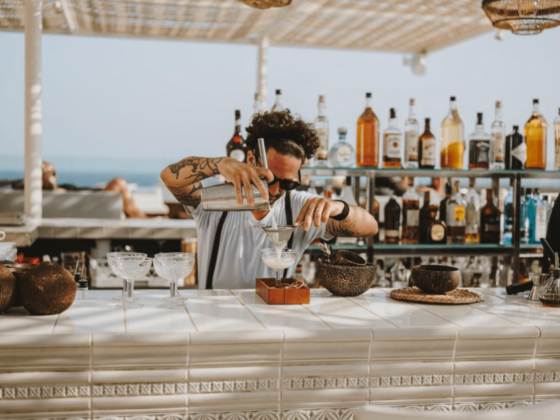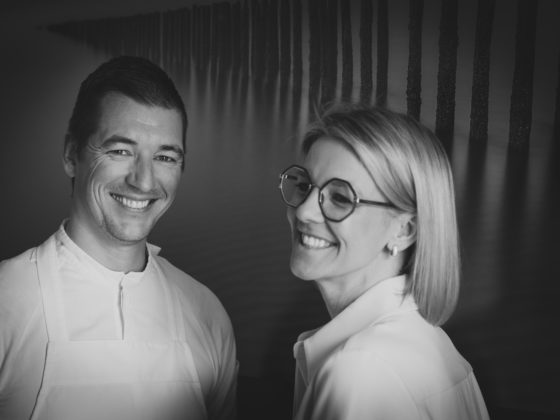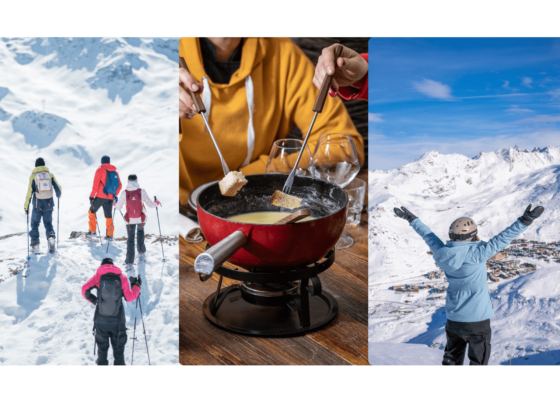Château Montlabert collab with two-star chef Thijs Vervloet (Colette-De Vijvers, Belgium, 2*)
In the heart of the region tucked among beautiful gardens, parks and a stately pond lies one of Saint-Emillion’s best-kept secrets: Château Montlabert. Despite its long history (the estate was founded in 1750), it remained somewhat hidden among the great violence of its more famous neighbors. It rippled along, continuing to make wine year after year without really big outliers but always good quality and very drinkable. It perhaps lacked some vision and modernity to make the really big step to the top. Yet everything was there to make great wine: a good terroir, good grapes and a stately castle to receive visitors and let them taste their wines. It was only when the famous Castel family took over in 2008 that the real potential of this domain was tapped and the entire process was scrutinized.
In this article, we take you through the past and present of Château Montlabert. At the same time, we share with you two top spring dishes created by two-star chef Thijs Vervloet (Colette-De Vijvers).

the long road to grand cru classé
Maybe a witticism but good wine is still made in the vineyard so the logical first step was to analyze it thoroughly. This revealed that the terroir showed many similarities to their illustrious neighbors such as Figeac and Cheval Blanc. Deep sandy soils with gravel and blue clay as subsoil: ideal for merlot and cabernet franc. In winter, various grains are planted between the vines to compete with the vines, forcing them to go deeper with their roots and absorb better nutrients and especially more nitrogen.
At the end of spring, the vineyard is plowed where these same grains serve as natural fertilizer. In 2011, Château Montlabert obtained the Terra Vitis label for ecological and especially sustainable viticulture.
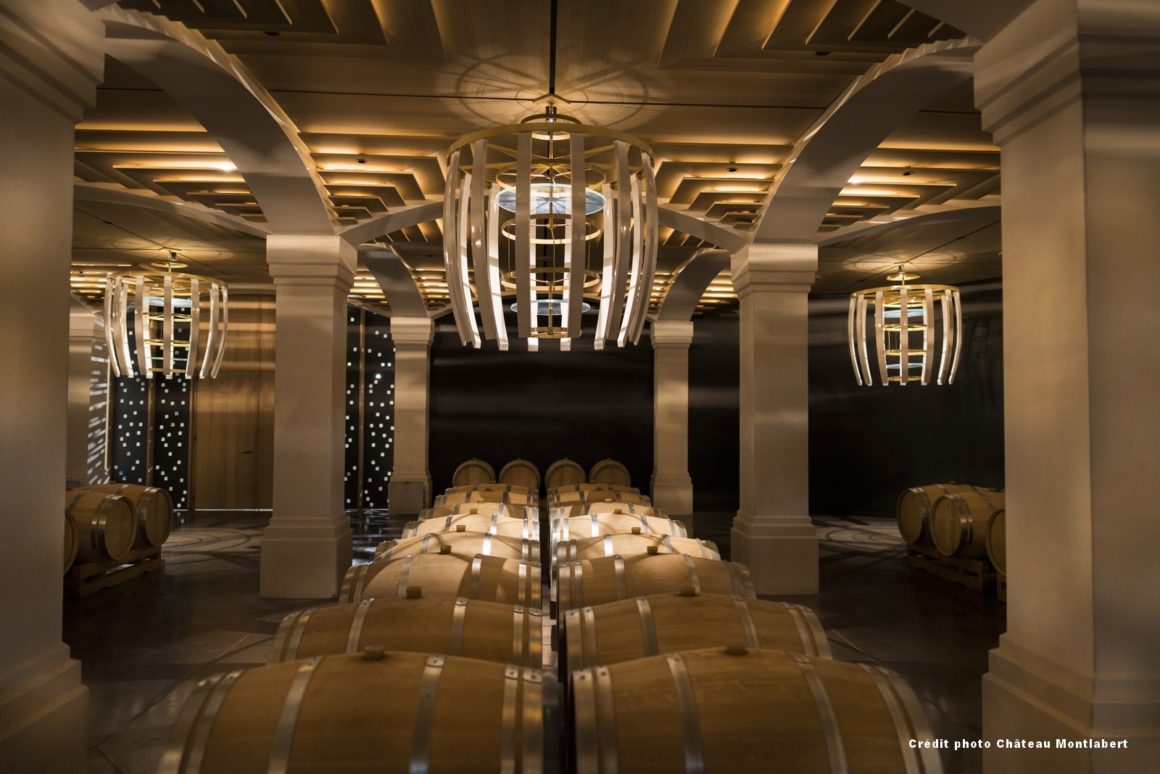

After a difficult year in Bordeaux (2011), Hubert de Boüard was hired as a consultant. A name like a bell when you know that in addition to being one of the most sought-after consultants, he is also the owner of the world-renowned Château Angélus.
Under his leadership, substantial investments were made in a new wine cellar but above all in a more modern approach that emphasized quality, elegance and finesse.
And yet the historical link to this wonderful region was not forgotten as the Castel family is one of the great driving forces behind the Jurade de Saint-Emillion (where I myself was intronized last year) and its international activities to continue promoting this historic region.
The last decade saw growing criticism of Saint-Emillion’s appellation system and especially of the awarding of Grand Cru Classé status. Not only the quality of the wine was important but also the international reputation of the estate, the ability to receive visitors, parking, the ecological aspect etc etc
Some châteaux felt they were unfairly denied promotion, lawsuits were filed and a few Premier Grand Cru Classé’s decided to keep the honor to themselves and totally unexpectedly leave the classification. In these turbulent times, Château Montlabert stayed the course and continued to invest in the quality of their wines, with the ultimate crowning achievement being their promotion to Grand Cru Classé in 2022.
The not-so-little brother
The estate , which has a small 21 hectares, currently produces two wines: obviously the Château Montlabert itself (Grand Cru Classé) and a second wine La Croix de Montlabert (Grand Cru). Both are made from primarily merlot with a mere 20% cabernet franc. I still remember the days when the second wines of châteaux in Bordeaux were often a measure of nothing and were mainly meant to get some extra volume and surf along on the popularity of their big brother. Fortunately, these days are far behind us and a lot of attention is paid to the quality of “second” wines nowadays. I tasted both wines side by side in the same glass (Zalto) and the little brother could more than hold its own…
la Croix de Montlabert 2019: play but gourmet
What struck me most in the glass was the slightly lighter color: not the typical, dark almost purple colored wine but a softer red you can almost see through. In the nose mainly some young red fruit like cherries, strawberries, cranberries and some raspberry. After rolling, mainly some darker fruit like blackberries and blueberries emerges followed by a pleasant light spiciness. A slight hint of oak is present but it remains mostly in the background so the fruit continues to dominate the nose nicely. On the palate, the attack is soft, with a nice tension between acidity and ripe tannins, with a long finish. Playful yet gastronomic or as one says in modern jargon: easy drinking. Perhaps a somewhat daring combination but slightly chilled I would dare to serve it with Breton langoustines with Pertuis asparagus and morels. The acidity and especially the fruitiness of the wine pair perfectly with the sweet-salty notes of the langoustine while the morels provide some counterweight to the crisp tannins.
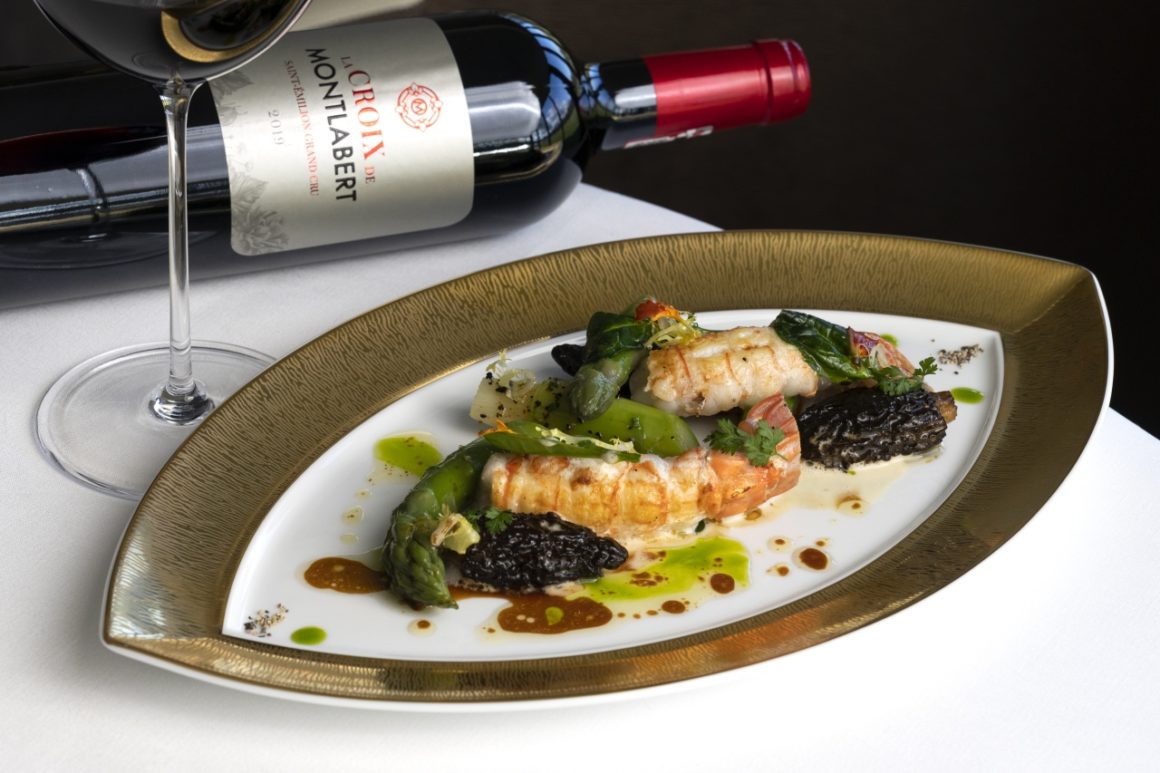
La Croix Montlabert 2019: playful but gastronomic
Once again I noticed the cherry red, slightly lighter color but still a shade darker than what I saw at La Croix. In the nose some riper fruit with mostly cassis, blackberries, fresh fig and dogwood. After rolling, especially the oak notes emerge a bit: vanilla, coffee and dark chocolate followed by some exotic spices and herbs. A rather complex nose where especially the warm summer of 2019 manifests itself. Especially the aromatic complexity of this still young wine lingers. In the mouth especially a nice interplay between the ripe fruit, acids and crisp tannins that give the whole a lot of body and provide a long finish. You really taste the hand of the winemaker in this cuvée: in spite of the ripe year, the wine is elegant, refined and even somewhat nimble. Already to drink young (if you decant it briefly) but with a nice storage potential.
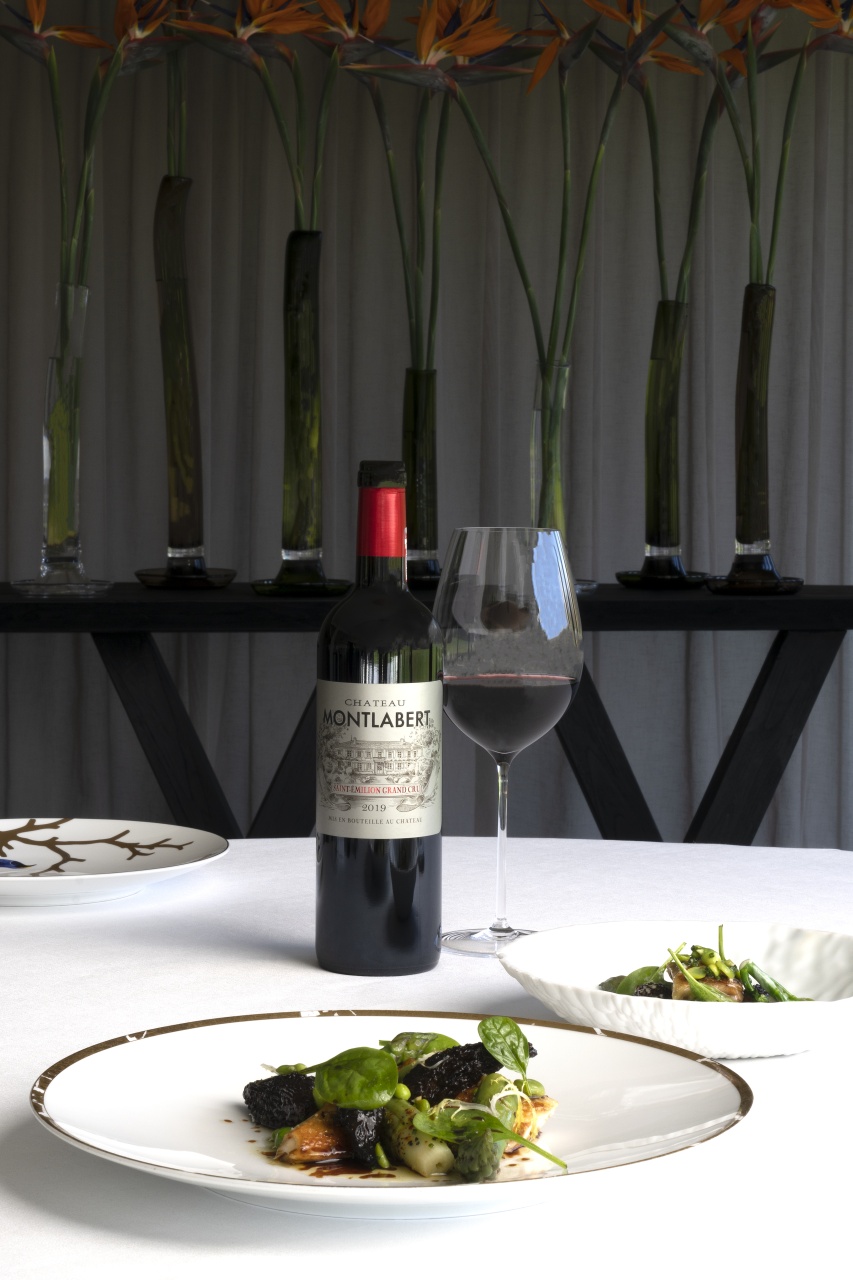
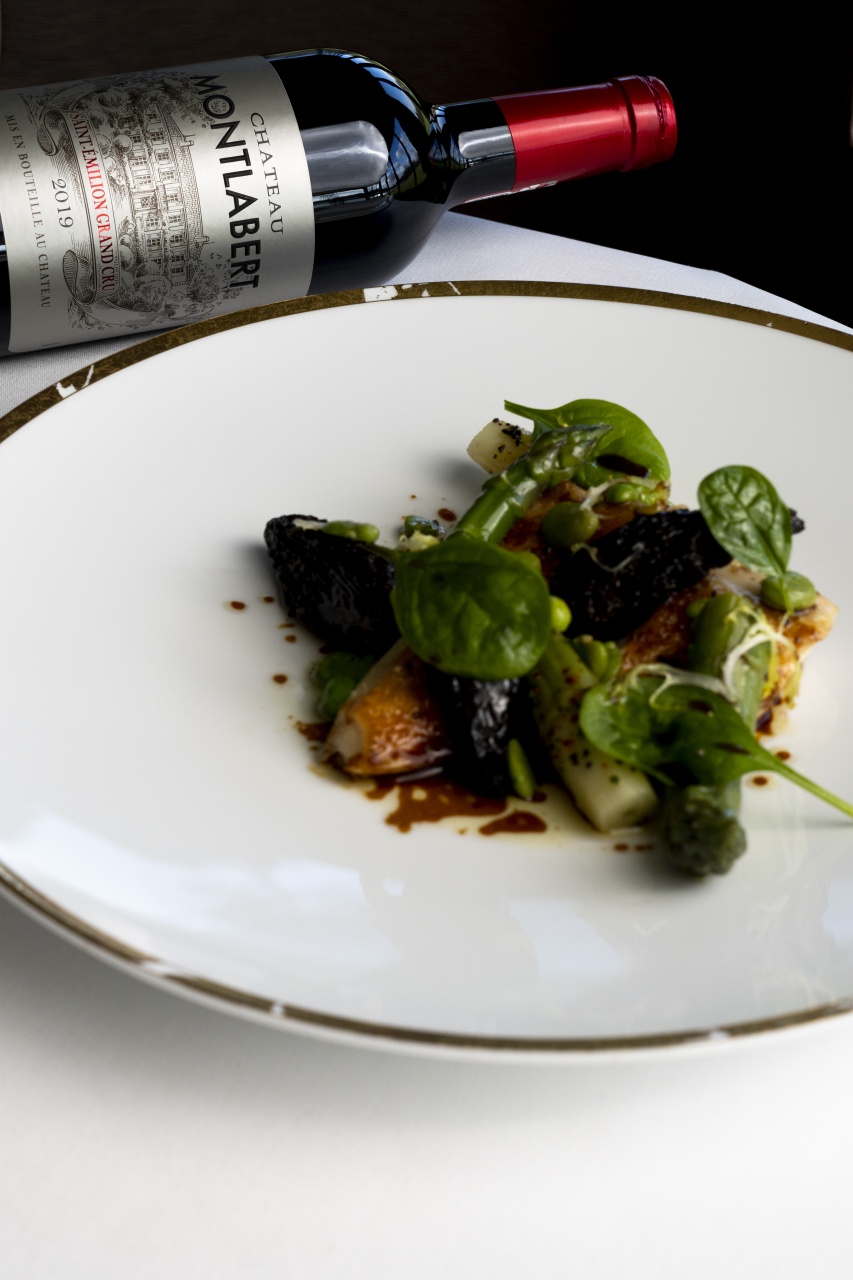
This versatile wine can also be used very widely gastronomically: from game to vegetarian, from starred restaurant to brasserie or this summer with a good piece of meat on the barbecue. For this pairing, we take a variation of the previous dish where we replace the langoustine with a Bresse chicken. The Bresse chicken is rightly one of the finest terroir products in French cuisine: tender with a surprisingly deep flavor. The chicken itself tempers the youngness of the wine and is going to counter the tannins nicely while the morels add an extra earthy touch to the wine. Here, the spicy accent of the wine especially comes out while the juiciness of the chicken and the acidity of the wine complement each other perfectly.
The recipes of two-star chef Thijs Vervloet of restaurant Colette-De Vijvers (2*, Belgium, Scherpenheuvel-Zichem)
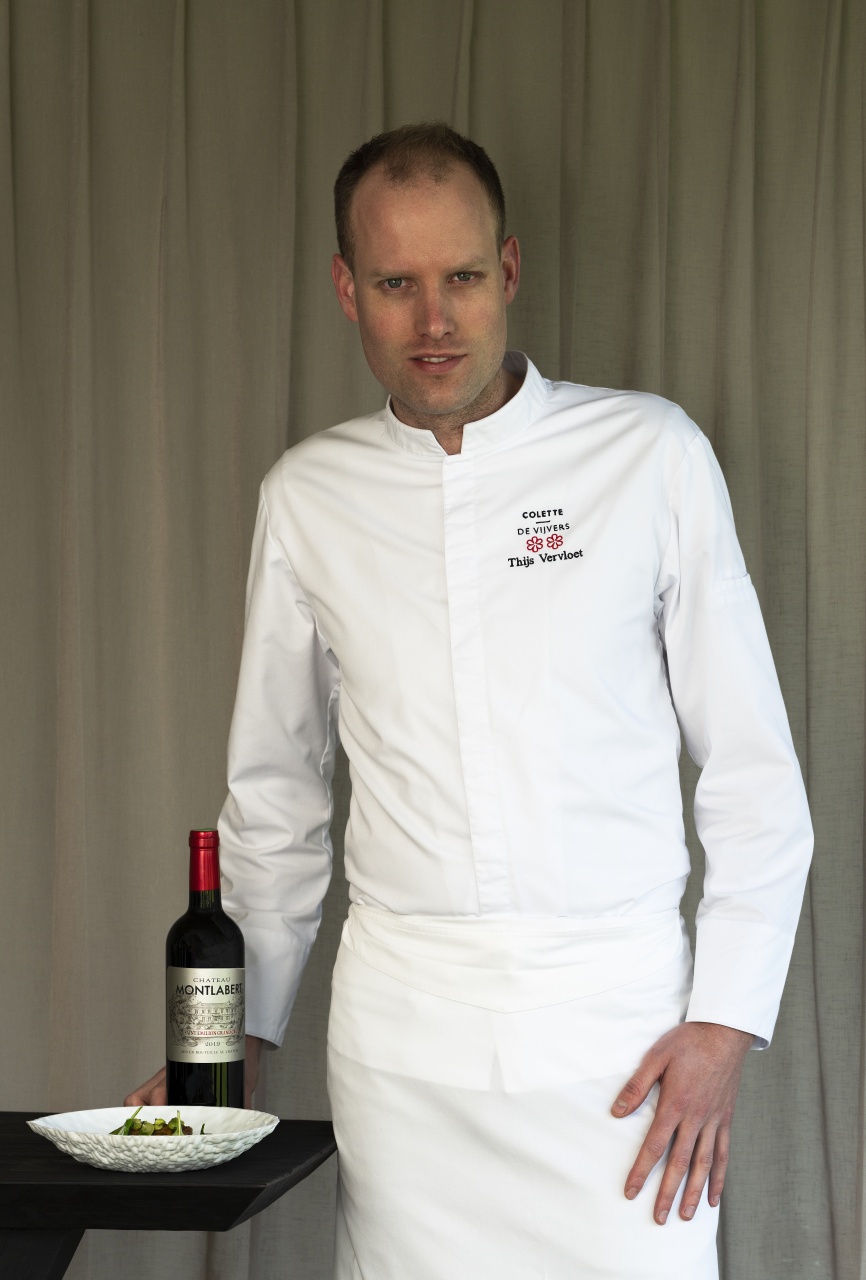
pairing with chateau montlabert 2019: Poularde de bresse – Pertuis asparagus – morels -perlé poularde
Ingredients
- Poularde de bresse
- 2 pertuis asparagus
- Morilles
- Baby leaf spinach
- Sauce vin jaune
- Fresh peas
- Fresh broad beans
- Fine chopped chives
- Fleur de sel
- Poivre mignonette
Method of preparation
- Prepare the poularde de Bresse on the broche
- Arrange every 10 minutes for 45 – 50 min.
- File the poularde into equal pieces
- Color the breast to a crispy crust
- Finish with fleur de sel and poivre mignonette
- Glaze the fresh green vegetables
- Color the morels in a hot pan
- Add spices to the base
- Add fresh herbs: thyme, rosemary and garlic
- Blaze with vin jaune
- Cook out
- Add blanched shallot
- Deglaze with butter and brown gravy
- Finishing with flat parsley
- Cook the Pertuis asparagus in salted water for 3 min
Finish with perlé poularde

Ingredients:
-
- Breton crawfish 2/3
-
- 2 pertuis asparagus
-
- Morilles
-
- Baby leaf spinach
-
- Sauce vin jaune
-
- Huile citron
-
- Fleur de sel
-
- Fine fresh herbs
-
- Parmezan
-
- Sumac
Method of preparation:
-
- Peel the langoustine
- Peel out the intestinal tract
- Color the langoustine golden brown
-
- Finish with huile citron and fleur de sel
- Peel the langoustine
-
- Color the morel mushrooms in a hot pan
- Add seasoning to the base
- Add fresh herbs thyme, rosemary and garlic
- Flavor with vin jaune
- Cook out
- Add blanched shallot
- Deglacken with butter and brown gravy
-
- Finishing with flat parsley
- Color the morel mushrooms in a hot pan
-
- Cook the Pertuis asparagus in salted water for 3 min
-
- Finish with gravy perlé
You can purchase Château Montlabert’s wines from the better wine merchants such as:
-
- For La Croix de Montlabert: 2019/2020 : Magnus / www.magnuswijnen.be
-
- For Château Montlabert: Magnus www.magnuswijnen.be / The Grape 1870 / De Keyzer www.drinksonline.be / www.topwijnen.be
Are you also such a foodie and looking for even more inspiration on great food and drink, be sure to visit our PureFood page!

